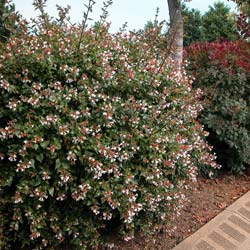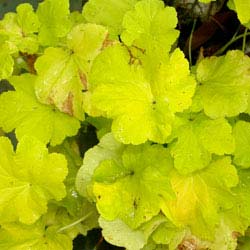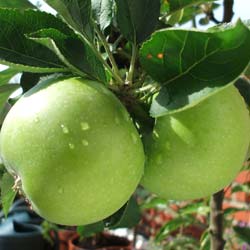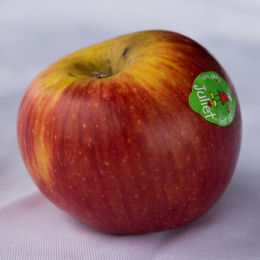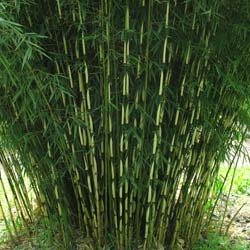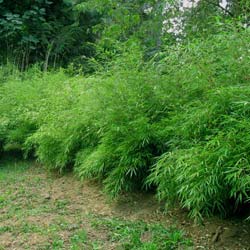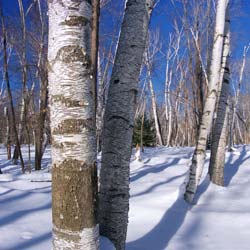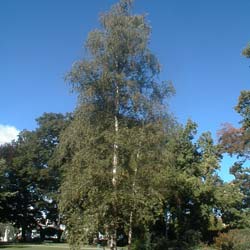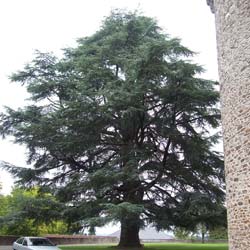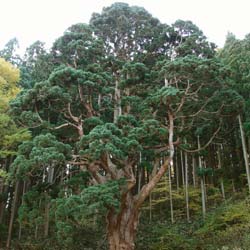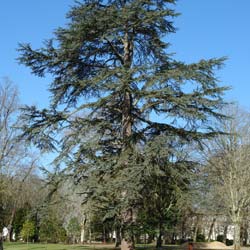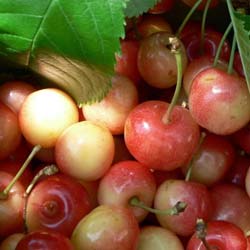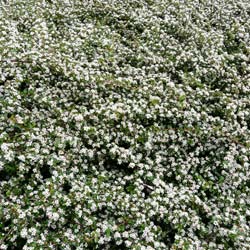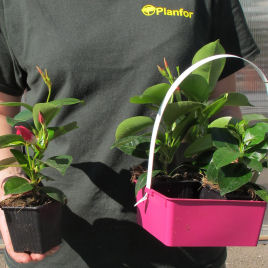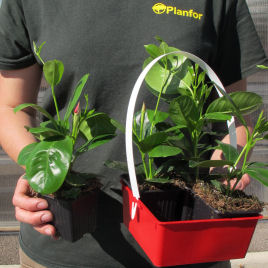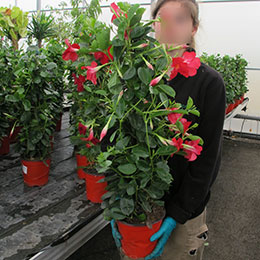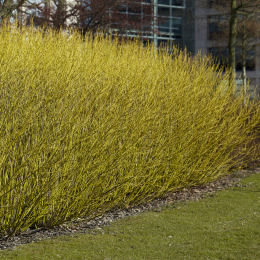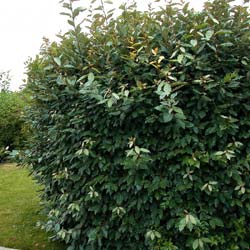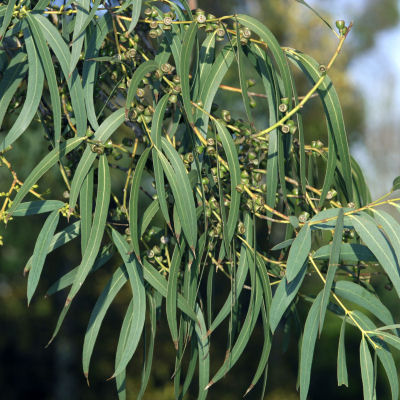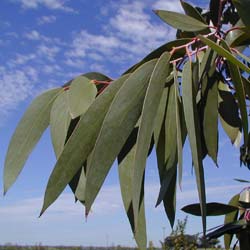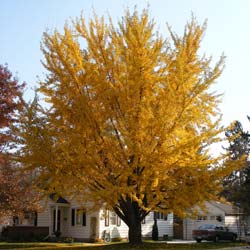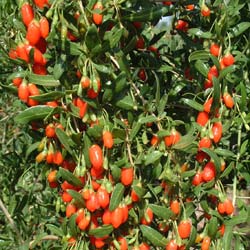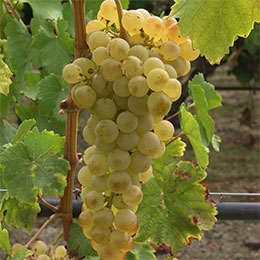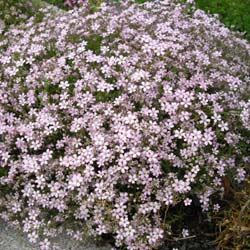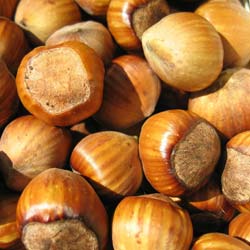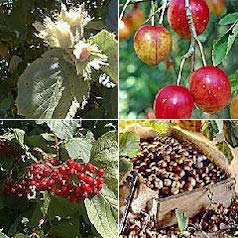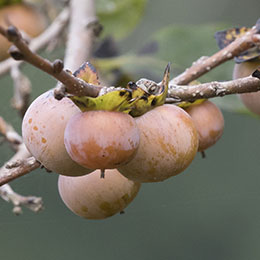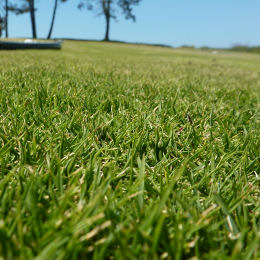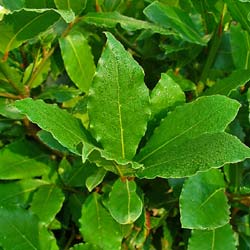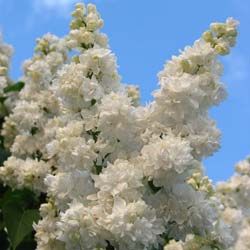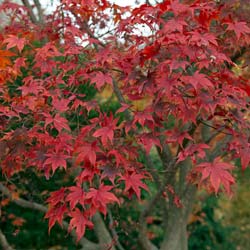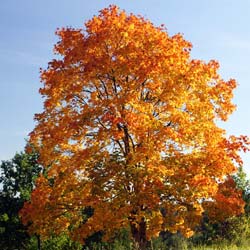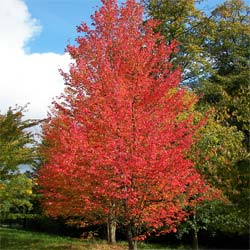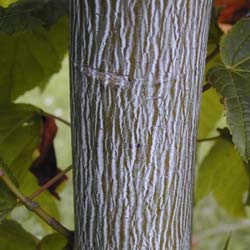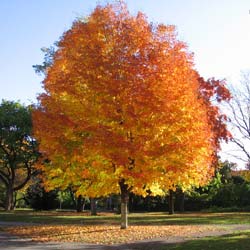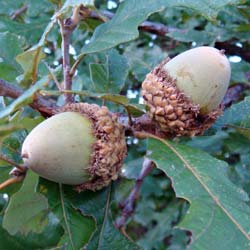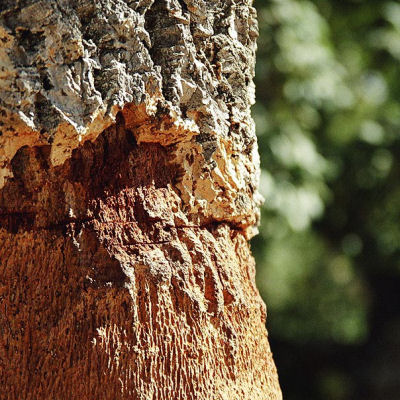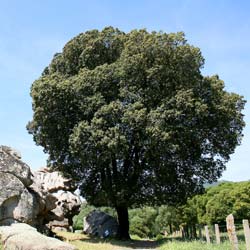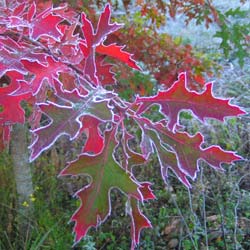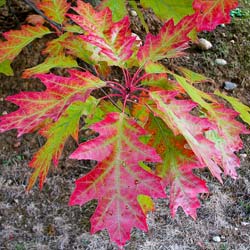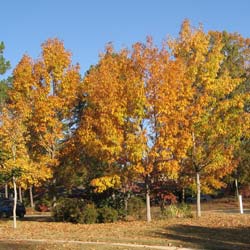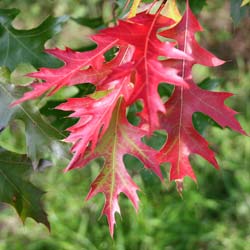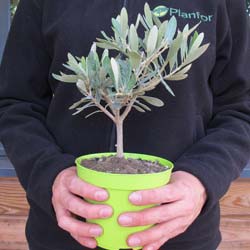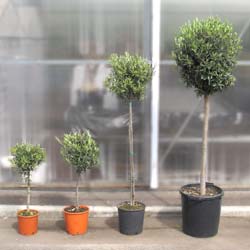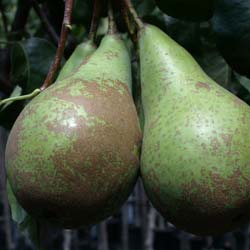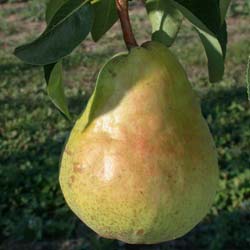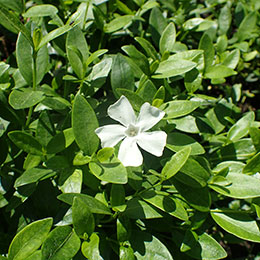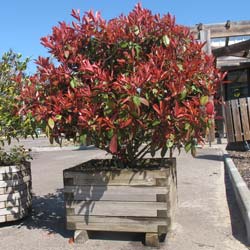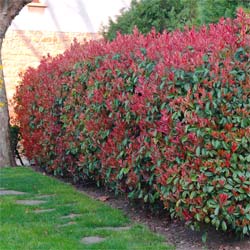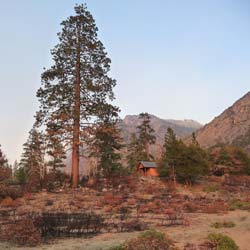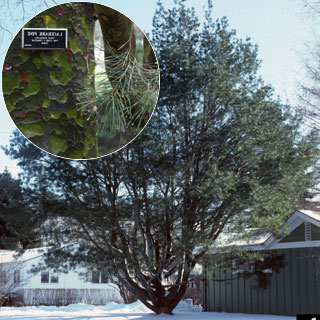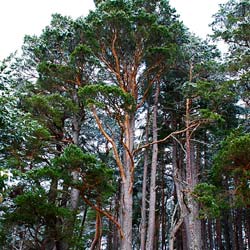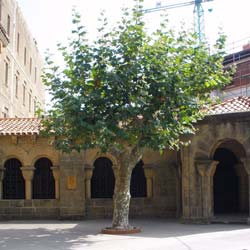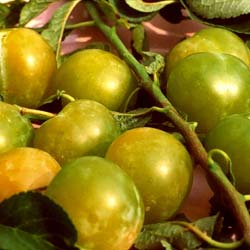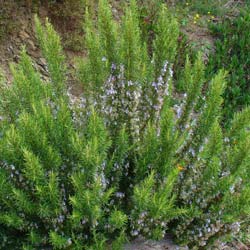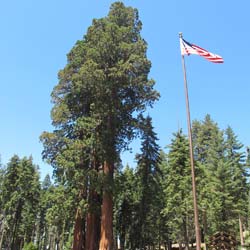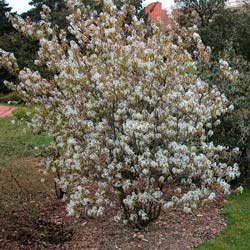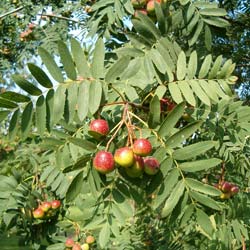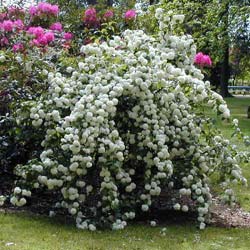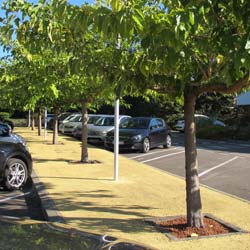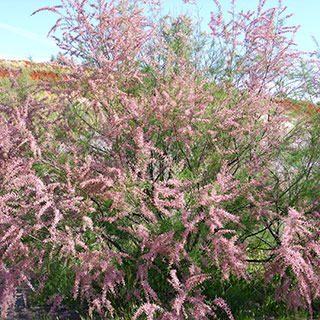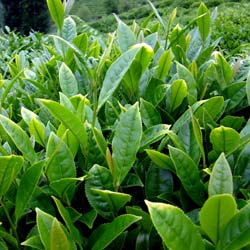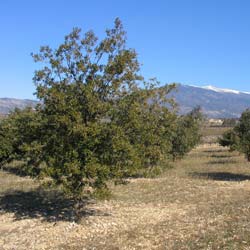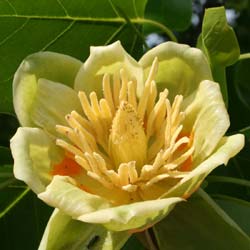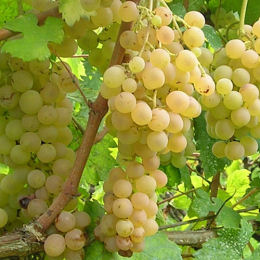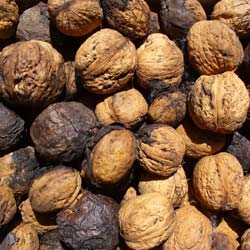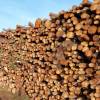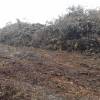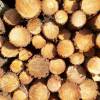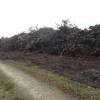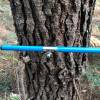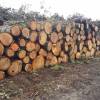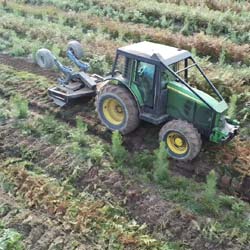I - What is a sale of wood?
II - How to sell wood?
III - Why sell wood?
IV - Why Planfor ?
I - What is a sale of wood?
Selling cut timber is an important moment in a forest’s life.
A clear-cut is the result of several years of forestry management most often carried out by many generations of foresters.
This stage gives value to the material harvested during the different timber felling, done to ensure the renewal of the trees and to guarantee an income. The seller and the buyer exchange some timber wood for a calculated or estimated monetary value.
To make a success of this sale of wood, it has to be structured as best as possible, both from a technical and commercial perspective.
Thinning and clear cuts must take into account:
- technical aspects (criteria which triggers the cutting, sanitary measures, limits of the parcels, marking process…).
- administrative and regulatory provisions (notification of works, cutting authorization, specific technical instructions).
In a sales transaction, the foresters often take the unit price of timber as a reference, at the expense of the quantity, as well as of the quality, of the estimated wood. Yet, the estimation of the volume and quality is strategic. It can reveal important differences between buyers. The cubing of timber (see Marking, counting, cubing of trees document) is quite technical. The accompany of a professional is particularly important if this process is not mastered.
Before timber felling, it is appropriate to formalize the legal entity of the seller, the obligations of the parties, the possible constraints, and the operating methods.
Objectives :
- Limiting the risks for the seller (guarantee and dates of payment, delays for exploiting the wood…).
- Giving information to the forestry company to allow work in good conditions and to respect the administrative and environmental rules.
II - How to sell wood?
■ There are several terms and conditions to selling wood, each with its advantages and disadvantages:
1) Private sale:
established between two parties who agree on the price, on the sold product and on the exploitation conditions, without call for competition.
The advantages are:
- The speed of the process.
- The absence of any specific procedure.
- The seller and the buyer both respect a confidence agreement.
The disadvantages or precautions to take are:
- Only one price offer.
- The seller is more vulnerable in front of the buyer whose estimation of the quality and volume of the lot cannot be disputed by competitors.
- No rivalry between buyers.
Special case: private sales are done regularly after bundling, to sell the lots which are left unsold because they did not reach the withdrawal price.
2) ‘Simple’ sale by call of tender (or ‘consultation’):
The advantages are:
- Consultation of several buyers.
- A bidding date is compulsory.
- In most cases, the lot is sold to the highest bidder, on condition that the delay of the exploitation and clearing of the forest, the guarantees and delays of payment are complied with.
- The withdrawal price is set by the seller.
The disadvantages or precautions to take are:
- Consulting the buyers about the product/wood concerned.
- Writing down a sale by call of tender contract, clear and complete, with which to compare the propositions.
- The delay of execution.
- Obligation to communicate with the buyers, whether they are selected or not.
3) Bundling by sealed tender:
Each timber buyer is given a document with some information on the lot itself and on the exploitation conditions. It helps the buyer to make a price offer. Each lot is given to the highest bidder, on condition that his price is higher than the withdrawal price previously set by the seller. If there is no offer, or if the price offered is lower than the withdrawal price, the lot is removed from the sale.
The more lots are offered for sale, the easier it is to attract more buyers which stimulates competition.
Bundling of private forests can gather lots of woods from different owners.
The advantages are:
- Guarantee of a bigger competition.
- The sale is more formal, with the support of a third party who imposes banking guarantees to the bidders.
The disadvantages or precautions to take are:
- Consulting the buyers about the product/wood concerned.
- Writing down a sale by call of tender contract, clear and complete, with which to compare the propositions.
- The delay of execution.
4) Computerised bundling:
Some organisations (ONF – Office national des Forêts/National Forestry Office; EFF - Experts Forestiers de France/ Forestry Experts of France…) organise bundling of wood which lots are presented on a website.
The buyers can:
- Consult the parcels offered for sale.
- Do bidding during virtual meetings.
- Buy lots of woods in a short time.
■ There are different forms of sales for the wood:
The block sale and the unit sale of product are the most used today.
For the block sale, the price is estimated and set for the standing timber as a whole, when the forest is not yet exploited.
In the unit sale of product, a price by category of product is set before the exploitation (e.g., pulpwood, canter sawing, small lumber…). The total price of the sale is known once the trees are cut, processed, hauled, sorted by categories, measured and piled in steres ‘on roadsides’, respecting the sales contract.
1) Bundling of standing timber:
- The price is known when the contract is signed.
- Technical competences in cubing trees and timber market knowledge are required to estimate the volume (standing m3) (see Marking, counting, cubing of trees document) and the value.
- The responsibility and the risks for the owner are limited, as the transfer of responsibility is effective as soon as the sales agreement is done.
2) Unit sale of product of standing timber:
- During the exploitation of the forest, the supervision and control of the marking must be completed with a control of the cutting and sorting (according to the categories fixed in the contract with the buyer).
- The total price is only known at the final acceptance.
- Measuring the volume of sold timber is quite precise but done only after the exploitation (apparent m3 or ‘stere’).
3) For the unit sale of product for processed and skidded timber, also called ‘roadside sale’.
- The execution of the forest exploitation by the owner and seller requires a certain technical competence: respecting the marking, the instructions, and the delay of the exploitation.
- The sorting of the products is organised by the owner.
- The risks of the exploitation are supported by the owner: damage on the lot, material risks, staff security, management of the storing sites.
■ Different types of wood for sale:
- Softwood lumber is for ‘mature’ trees, of quality, destined to processors/sawyers: decoration market, building, packaging, pallets.
- Industrial timber is for trees of low quality and small dimensions, destined to industries and papermills: wood-based panels production, paper pulp and other complex material manufactured with wood fibres.
- Energy timber destined to industrial heaters and the communities.
- Firewood most often destined to particulars.
■ Common practice for the sales:
|
BLOCK SALE |
UNIT SALE OF PRODUCT |
| STANDING TIMBER |
Frequent practice for clear-cutting and final thinning |
Frequent practice for first thinning. Possible practice for clear-cutting. |
| PROCESSED & SKIDDED TIMBER |
Without object (with certain exceptions) |
Possible practice mainly for thinning |
It can be noted that, most of the time, (first) thinning are objects of unit sales of product and clear-cutting are object of block sales.
III - Why sell wood?
- Because it is imposed by a management document.
- Because it concerns the forester’s involvement: sustainable management, production of industrial timber and softwood lumber for the market needs.
- A thinning is done for several purposes: selecting by quality, quantity and in a sanitary way, the trees to cut to facilitate the development of the future forest.
- To keep a certain harmony between trees of different ages.
- To maintain the forest and keep it ‘dynamic’.
- Clear-cutting improves the value of the trees before they die.
- Clear-cutting generates new planting which captures and stores the carbon dioxide (C02).
IV - Why Planfor ?
- PLANFOR does not buy wood! It is mandated by the owners/sellers and called upon by the industrial sawyers/buyers to find wood on the base of factual data (dendrometry).
- PLANFOR can carry out necessary dendrometry measures and surveys prior to selling wood.
- PLANFOR’s FOREST WOOD Department is at the forester/seller’s service (PFM – Professional Forest Managers, technicians, mapmaker-geographers, tax expert, administrative manager) under mandate, to assist him in selling wood.
- PLANFOR determines the thinning characteristics (number and type of timber).
- PLANFOR can propose a date to carry out clear-cutting.
- PLANFOR guides the forester for the administrative tasks concerning timber felling which is not scheduled in a management document.
- PLANFOR can estimate a lot of wood by the volume or the value and propose a withdrawal price.
- PLANFOR can write a sales contract on behalf of the seller (with technical and administrative details).
- PLANFOR, mandated by a forester/seller, can sell wood, either by a private sale, a call for tender, or by bidding.
- PLANFOR can conclude the writing of the wood sales contract (clearing of the forest, guarantees and conditions of payment).
- PLANFOR, mandated by the owner, ensures the management and the monitoring of the exploitation (respect of the dates of payment, of the exploitation delays, of the cutting instructions, of the parcels’ limits, final acceptance of the roadside piles of wood).
- PLANFOR can put the forester seller in contact with a network of buyers, according to the type of wood to sell.
- PLANFOR’s FOREST WOOD Department has a good knowledge of the wood market and its variations, through the sales it organises, through the ONF sales or the experts’ sales.
In any case, regardless of the service offered by PLANFOR, it is important to remember that
the owner is the only decision-maker regarding the sale of his wood.
Sources :
- Forêt.info
- CRPF Nouvelle-Aquitaine
- Vademecum du forestier













